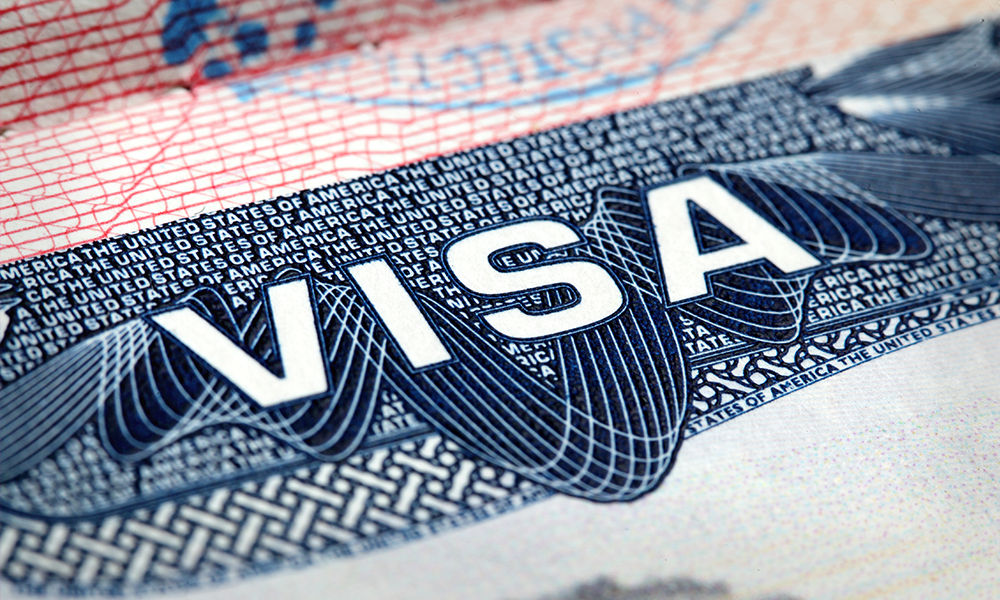
In the intricate tapestry of modern healthcare, where every second counts, air ambulance services emerge as unsung heroes, bridging the geographical gaps between patients and life-saving medical care. These airborne medical transport units are not merely vehicles; they are a lifeline, capable of reaching remote locations, navigating traffic-congested urban landscapes, and providing swift transportation for individuals in critical conditions. This article delves into the unique and indispensable realm of air ambulance services, exploring their evolution, significance, and the impact they have on patient outcomes.
The Evolution of Air Ambulance Services:
The concept of air ambulance services dates back to the early 20th century, primarily as a means of transporting wounded soldiers during times of conflict. Over the years, these services have evolved from rudimentary helicopter evacuations to sophisticated, state-of-the-art airborne medical units equipped with advanced life support systems, medical personnel, and cutting-edge technology.
Significance in Critical Care:
Air ambulance services play a pivotal role in critical care scenarios, where time is often the determining factor between life and death. Whether responding to accidents, natural disasters, or medical emergencies in remote areas, these services significantly reduce the time it takes for patients to reach specialized medical facilities. The ability to bypass traffic congestion and geographical barriers allows for a seamless continuum of care, especially in regions with limited access to medical resources.
Adapting to Diverse Scenarios:
Air ambulance services are remarkably versatile, adapting to diverse scenarios with precision and speed. From helicopter ambulances capable of landing in tight spaces to fixed-wing aircraft for long-distance transfers, these services cater to a wide range of medical transport needs. The flexibility of air ambulances is particularly crucial in areas where ground transportation is impractical or time-sensitive.
Specialized Medical Teams:
One of the defining features of air ambulance services is the presence of highly trained medical teams on board. These teams typically consist of paramedics, nurses, and in some cases, specialized physicians, ensuring that patients receive continuous medical care during transit. The ability to administer critical interventions and monitor vital signs en route enhances the chances of positive patient outcomes.
Challenges and Innovations:
Despite their undeniable importance, air ambulance services face challenges such as inclement weather, airspace restrictions, and high operational costs. However, the industry continues to evolve with technological innovations, including the use of telemedicine for real-time consultations, advanced navigation systems, and the integration of artificial intelligence to optimize flight paths and enhance patient care.
The Human Impact:
Beyond the technical aspects, air ambulance services leave a profound impact on the lives of individuals and communities. They provide a glimmer of hope in the face of adversity, offering a lifeline to those who may otherwise be isolated from critical medical care. The stories of lives saved and families reunited underscore the human side of these airborne medical missions.
Air Ambulance Service Cost
Air ambulance services, though invaluable in critical medical situations, come with a significant price tag. The air ambulance cost transport varies widely, influenced by factors like distance, type of aircraft, and medical equipment required. Generally, expenses can range from several thousand to tens of thousands of dollars. Insurance coverage may alleviate some of the financial burden, but coverage limitations and out-of-network issues can still leave patients responsible for substantial costs. Understanding the complexities of air ambulance pricing is crucial, as it ensures informed decision-making during emergencies, balancing the urgency of medical care with the financial implications involved.
Conclusion:
In the intricate dance of healthcare, air ambulance services stand as a testament to human ingenuity and compassion. Their ability to transcend boundaries, both physical and logistical, makes them a cornerstone of emergency medical services worldwide. As technology continues to advance and the demand for rapid, efficient medical transportation grows, the role of air ambulance services in shaping the landscape of healthcare is set to become even more prominent, saving lives and exemplifying the remarkable heights to which humanity can soar in the pursuit of well-being.









